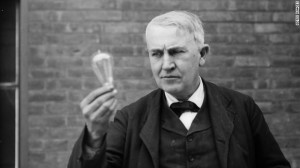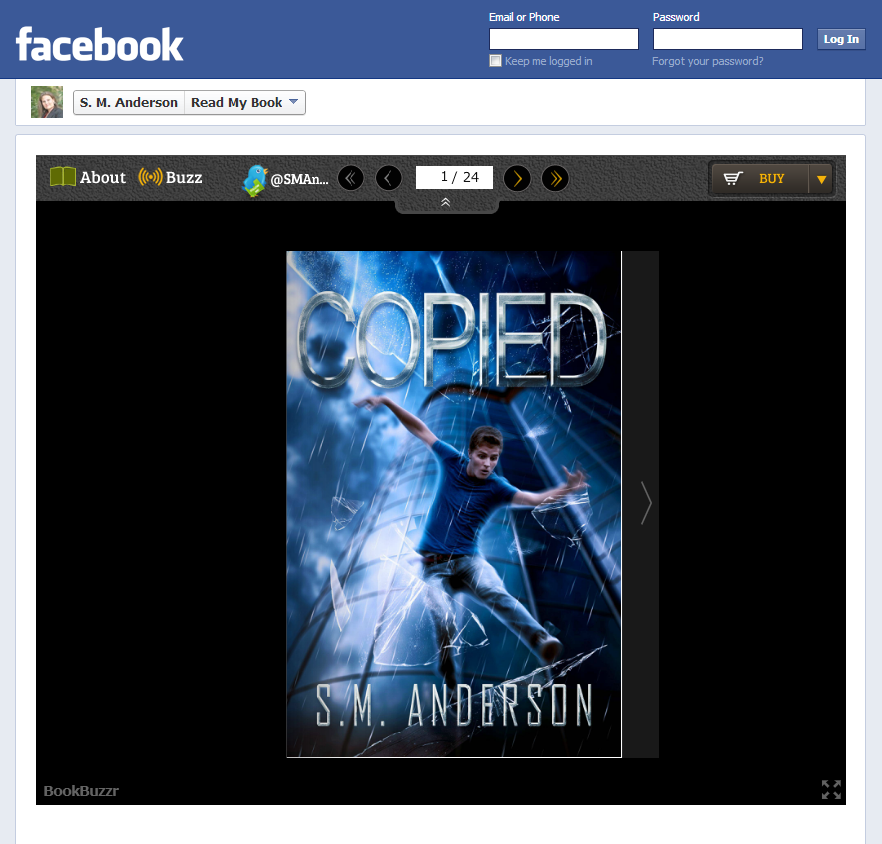(In the previous article in this series, we discussed the importance of getting sufficient reviews for your book. In this post, we take a look at running experiments to find out what works)
If you can see a bandwagon it’s too late to get on it
When the Amazon KDP free promo feature became available, a number of authors jumped in and benefited with increased downloads, reviews and sales. However, over time, the efficacy of these promotions has been going down. We have got reports from BookBuzzr authors who say that even with thousands of downloads, very few readers are taking the time to read their book and write a review. And after the promotion ends, the sales ranks are not going up significantly.
Why is this?
In the beginning, readers, seeing that a book was listed for free would take the time to download and read the book. Then as these readers began to see hundreds and then thousands of free books available, they became jaded. Today, readers download many books on the free days but these books simply gather dust on the digital book shelves of readers.
I call this the ‘arms race for attention’. Marketers are constantly in a race for the attention of consumers. In the beginning banner ads worked. Then people figured out ways to ignore the ads. Then advertising on Google became popular until consumers figured out ways to ignore these ads also. The same is true of any new promotional device or idea in the world of book marketing.
As a savvy author who is looking to find the best way to get the attention of your readers, your best bet is to experiment to figure out what works for your book. Your book is unique. So why should the marketing strategy for your book be run-of-the-mill? What worked for another author may not work for you or work even better with a few tweaks. You can tweak using a random, ‘see what sticks’ approach. Or you can take a more scientific approach which is illustrated through this example:
Let’s say you read an article that says marketing your book on Facebook will help you sell more books. Rather than accept the article’s advice on blind faith, you will set up an experiment such as this:
“I will commit a hundred dollars towards setting up a Facebook advertising campaign. My prediction is that I should get at least 200 clicks on my ad which should translate into at least 50 sales on Amazon.”
While setting up your experiment you will ensure that you set up the right kind of tracking and analysis tools to track the number of clicks, conversions etc. Once the experiment ends, you will review your results and then make conclusions about whether you should persist with the Facebook ads or whether you should try something else.
This kind of a scientific approach to your book marketing makes learning the goal of your experiments and thus allows you to take a less impassioned view of your results. If you blow up a hundred dollars and get no results, rather than lose heart, your brain will be saying, “what can I learn from this experiment?” This mindset is invaluable in many circumstances as the difference between success and failure is often just a thin line.
Also, as I mentioned earlier, most advice needs to be tailored to your particular circumstances. Using this kind of a science based approach will help you tweak your marketing to suit your context.
And finally, a structured, measured and systematic approach to your book promotion efforts will ensure that you don’t go off in a hundred different directions at once. You will perform the right action at the right time and for the right reasons.
For those authors who are still struggling to get results, let’s conclude this article by recapping the words of the greatest experimenter of them all – Edison:
“Results? Why, man, I have gotten lots of results! If I find 10,000 ways something won’t work, I haven’t failed. I am not discouraged, because every wrong attempt discarded is often a step forward …”
Good luck and happy experimenting!
In the next article in this series, we will discuss the power of generosity.



